Install a heat recovery and heat reclaim system today
Optimise your energy usage and unlock significant savings.
Enhance your efficiency: heat recovery and reclaim system installation services
Imagine enjoying fresh, filtered air in your home while reducing your energy consumption and environmental impact. Heat recovery and reclaim systems capture and reuse waste heat, significantly lowering your reliance on conventional heating and cooling systems. This translates to substantial savings on your utility bills and a smaller carbon footprint. Our comprehensive service package, from expert consultations to professional installation and ongoing support, ensures a seamless experience and optimal system performance. Let us help you create a more sustainable and cost-effective environment – contact us today for a free consultation.
Heat recovery systems bring savings & sustainability to homes & businesses
Unleash significant energy savings and cost reductions
Traditional heating and cooling systems expel valuable heat, increasing energy consumption and boosting your utility bills. Heat recovery systems capture this wasted heat, transferring it to incoming fresh air, resulting in a dramatic reduction in your reliance on conventional systems. This translates to substantial savings on your energy bills, putting more money back in your pocket while enjoying consistent comfort.
Breathe easy with improved indoor air quality and enhanced comfort
Heat recovery systems don’t just capture heat, they also provide continuous ventilation, bringing a constant flow of fresh, filtered air into your home or business. This significantly reduces pollutants, dust, allergens, and stale air, creating a healthier and more comfortable environment. Experience improved respiratory health, reduced allergy triggers, and a more refreshing atmosphere throughout the year.
Become a champion for sustainability and minimise your environmental footprint
As the world grapples with climate change, reducing our reliance on fossil fuels is crucial. Heat recovery systems offer a significant contribution by minimising the need for conventional energy sources, allowing you to actively participate in a more sustainable future. By lowering your carbon footprint and promoting responsible energy use, you can make a positive impact on the environment while reaping the benefits of a cost-effective and efficient system.
Experience a seamless transition with expert support and ongoing maintenance
Choosing a reputable provider for your heat recovery system installation is essential. Our comprehensive service package ensures a smooth transition, from initial consultations and system design to professional installation and ongoing maintenance. Our experienced team is dedicated to providing you with expert guidance and support throughout the entire process, guaranteeing optimal performance and ensuring your system continues to operate efficiently for years to come.
qualified reliable experts
qualified reliable experts
qualified reliable experts
Discover Daikin’s VAM-FC – your recommended heat reclaim ventilation system
Looking for a way to improve indoor air quality while keeping your energy bills in check? Look no further than Daikin’s VAM-FC, our recommended Heat Reclaim Ventilation (HRV) system.
Enhanced Indoor Air Quality
- Provides a continuous supply of fresh, filtered air, reducing stale air and pollutants.
- Optional CO2 sensor allows for demand-controlled ventilation, ensuring optimal air quality while minimizing energy use.
- Compatible with optional dust filters to remove unwanted particles and improve air purity.
Energy Efficiency
- Recovers heat from exhaust air, transferring it to incoming fresh air, significantly reducing heating and cooling demands.
- Utilises a highly efficient DC fan motor, further minimizing energy consumption.
Additional Features
- Wide range of capacities to fit various space requirements.
- Easy installation and integration with existing Daikin systems.
- Operates in both over- and under-pressure environments.
- No drain piping required, simplifying installation and maintenance.

Breathe freely, sleep soundly: ideal rooms for heat reclaim ventilation in your home
Bedrooms
Experience ultimate comfort in your bedroom with our state-of-the-art air conditioning installations.
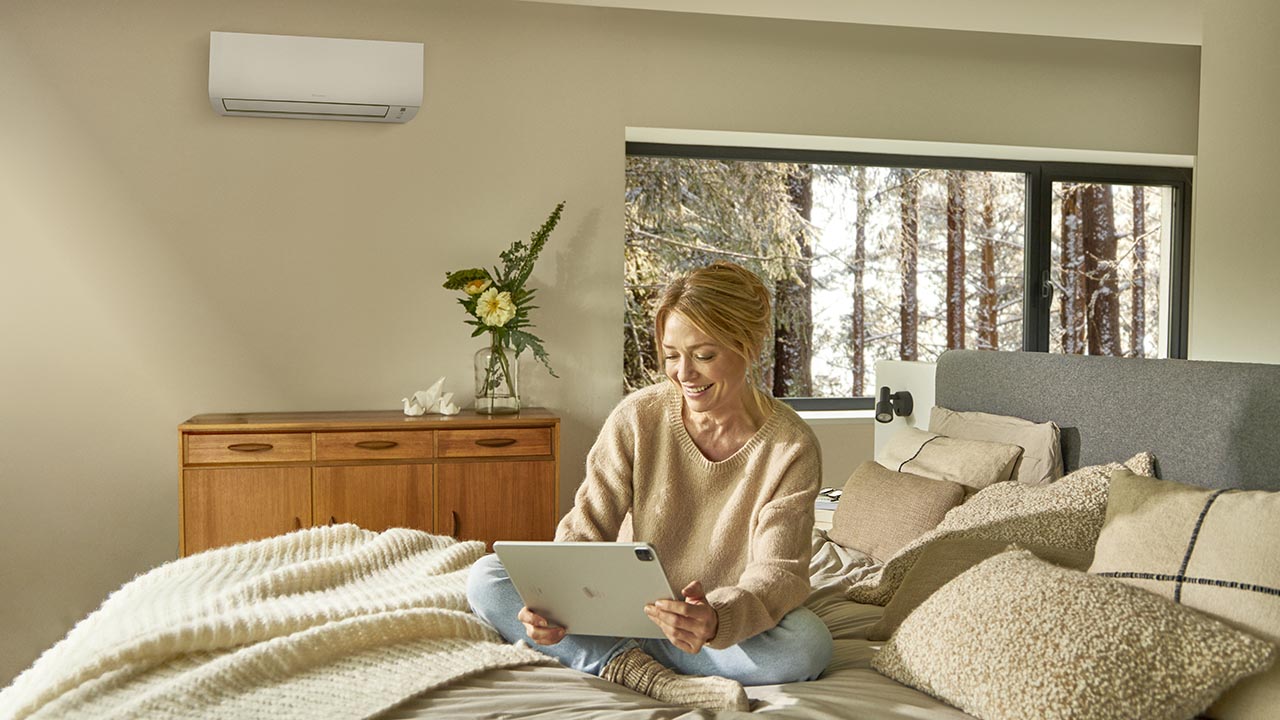
Lounge
Unwind and relax in style with our lounge air conditioning installations provide optimal cooling and comfort.
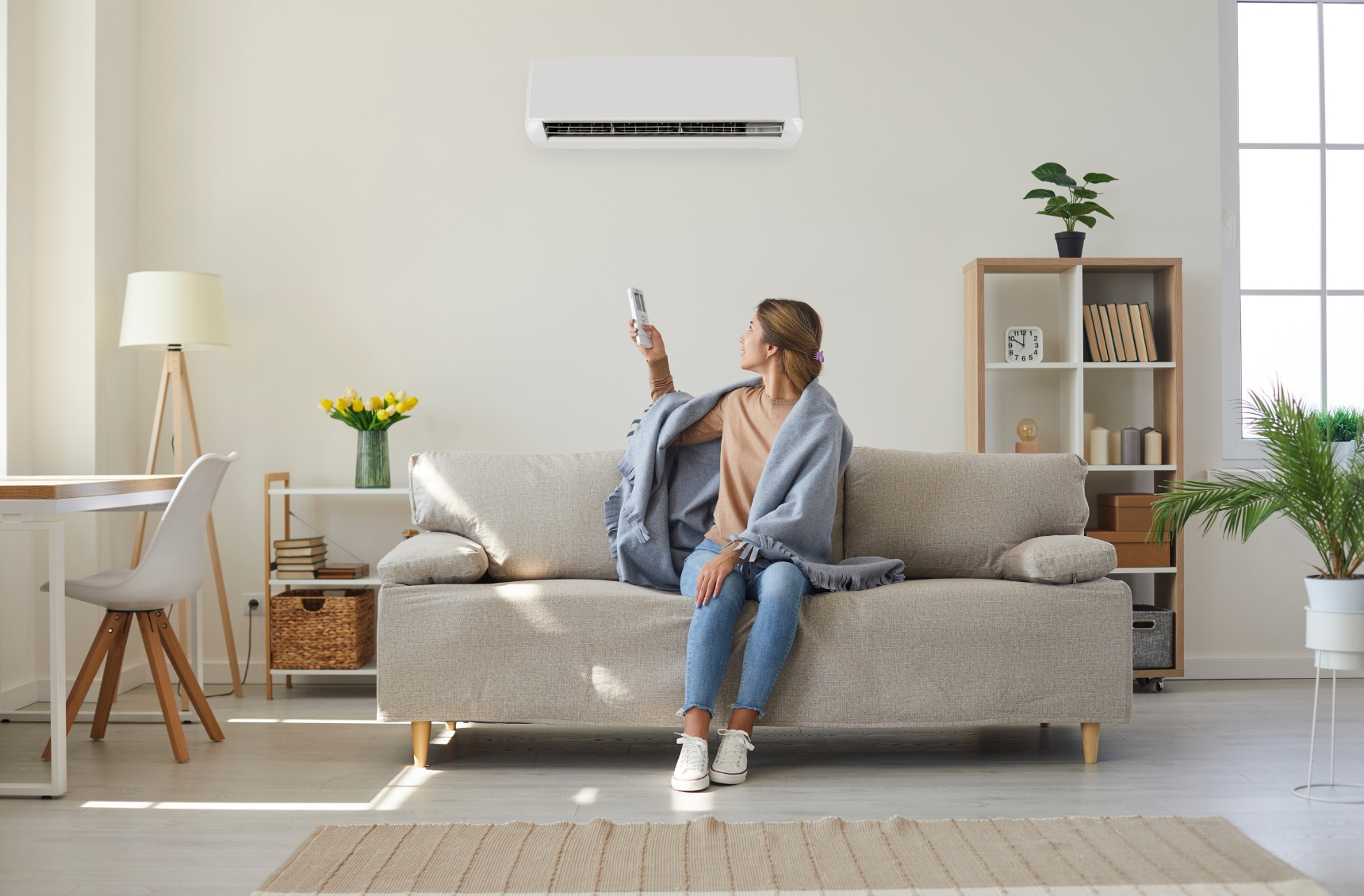
Loft Conversion
Stay cool and comfortable with our top-of-the-line air conditioning installations specially designed for loft conversions.
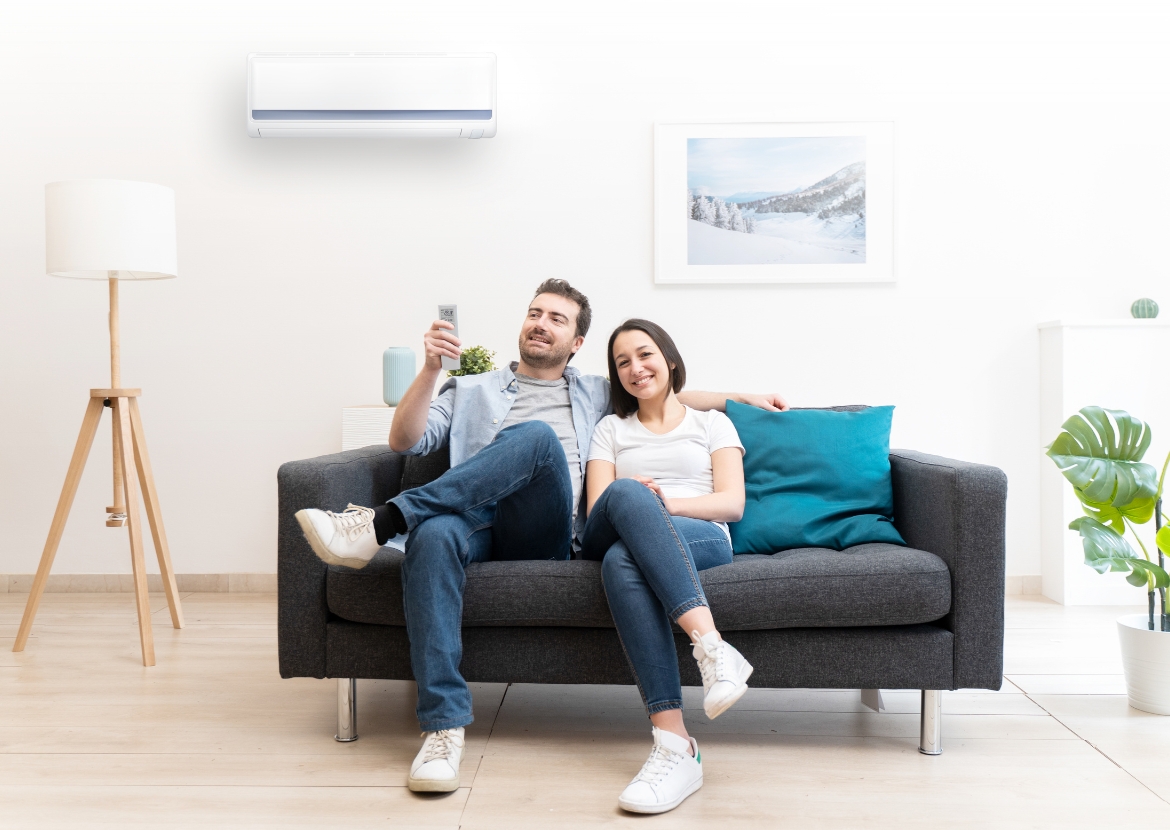
Conservatory
Find year-round comfort in your conservatory with our top-of-the-line air conditioning installations

Office
Say goodbye to sweltering summers and hello to a comfortable working environment.
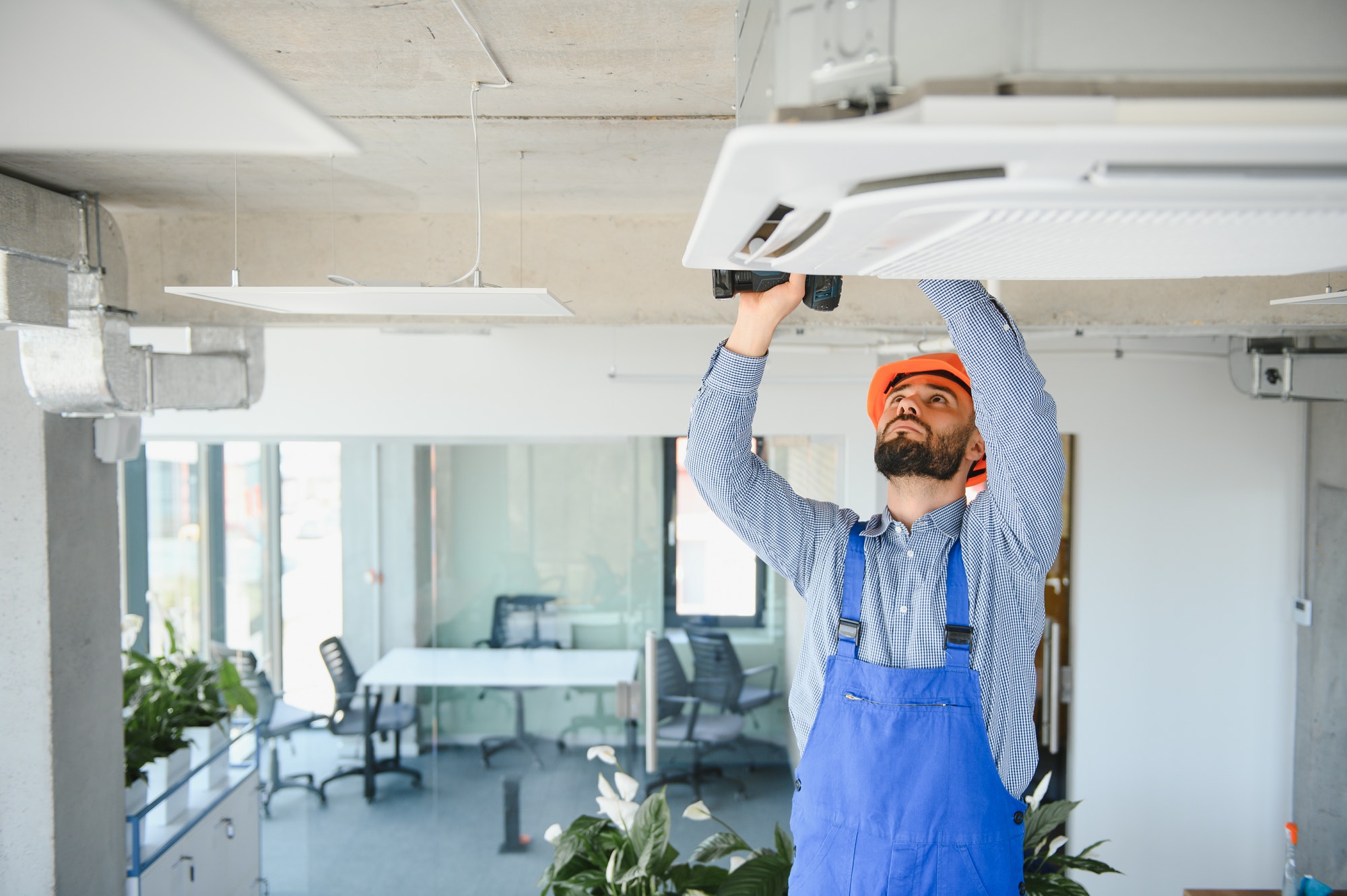
Boost employee wellbeing, enhance productivity: ideal spaces for heat reclaim ventilation in your business
Server Room Air Conditioning
Get hands-on support to ensure every detail is meticulously handled to create the perfect climate-controlled environment for your business.
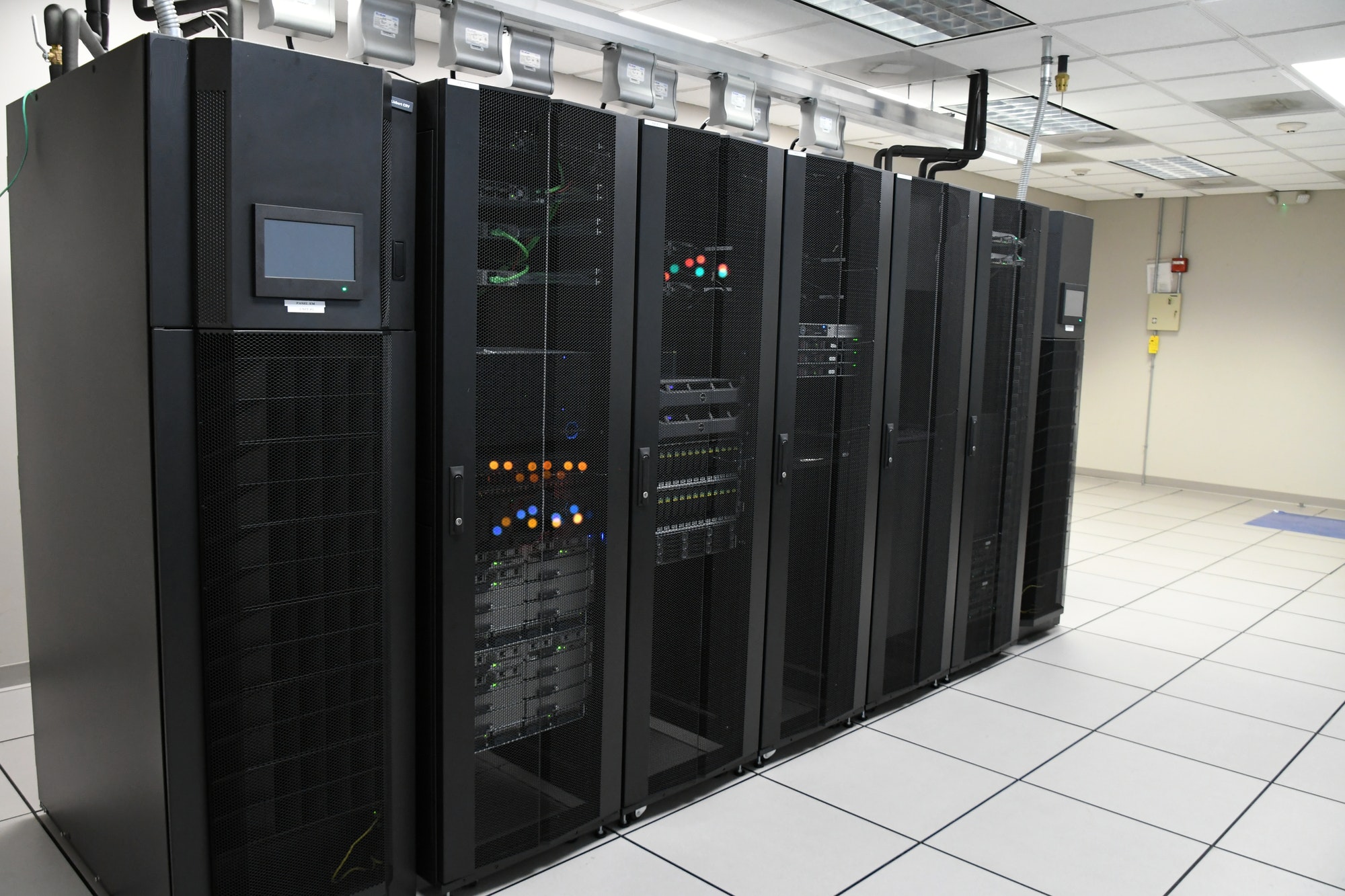
Schools
Experience ultimate comfort and productivity at your educational institution with our top-of-the-line installation.

Shops
Find year-round comfort in your conservatory with our top-of-the-line air conditioning installations
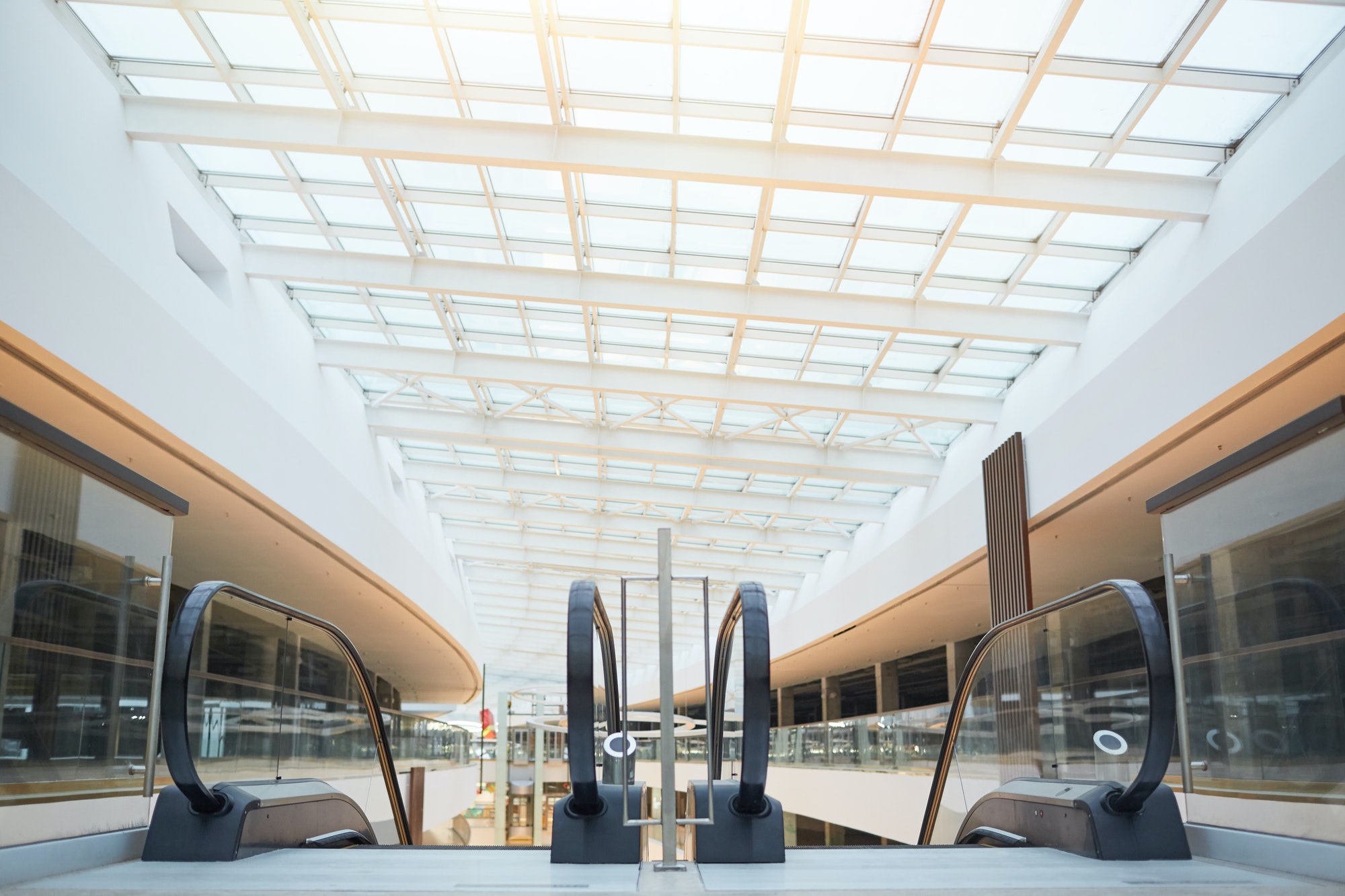
Air Conditioning for Healthcare
Trust in our expertise to provide you with top-notch support and peace of mind as we deliver the perfect solution for your healthcare facility.
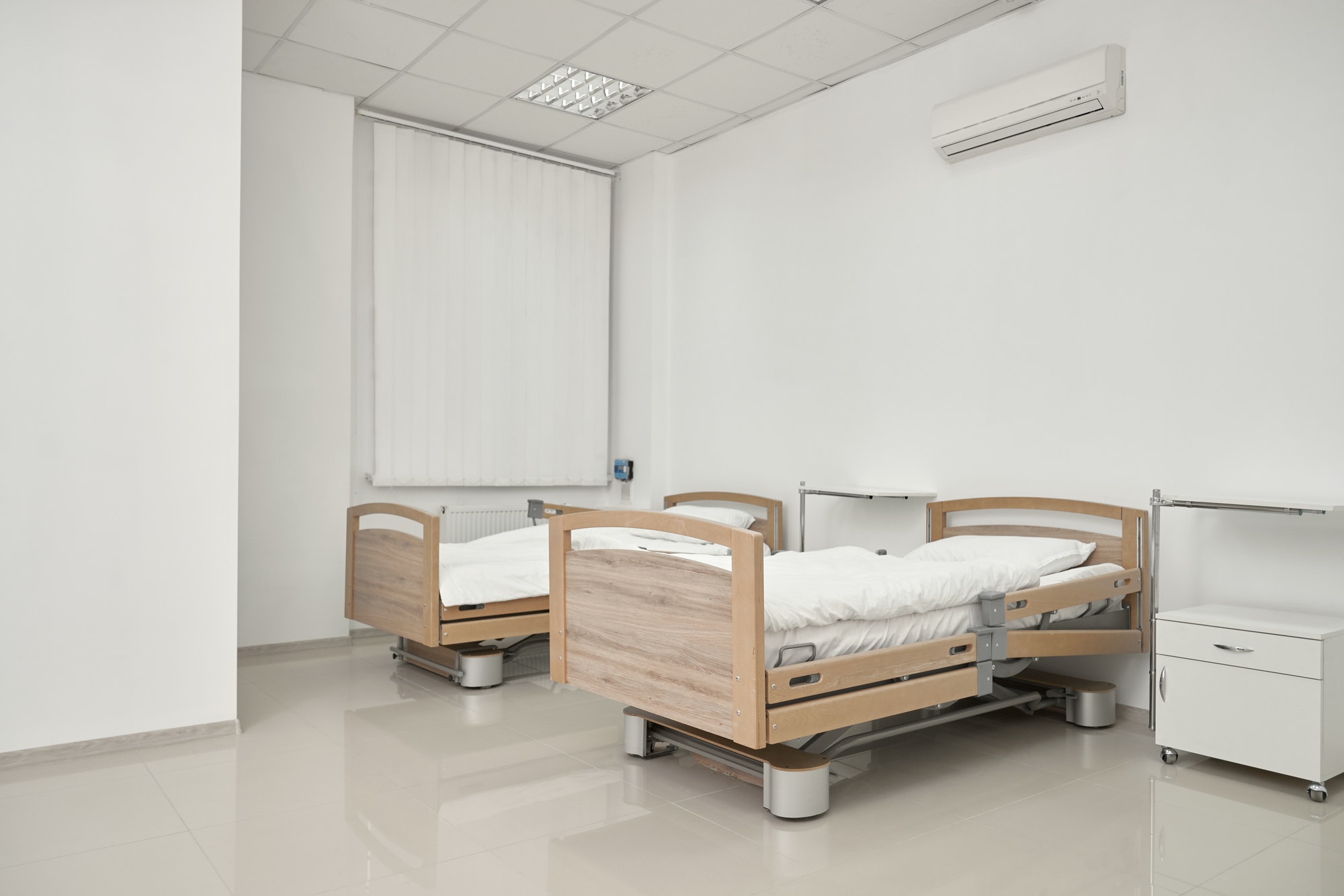
Warehouse Air Conditioning
With our timely setup, you can rest assured that your warehouse aircon system will be up and running smoothly in no time.
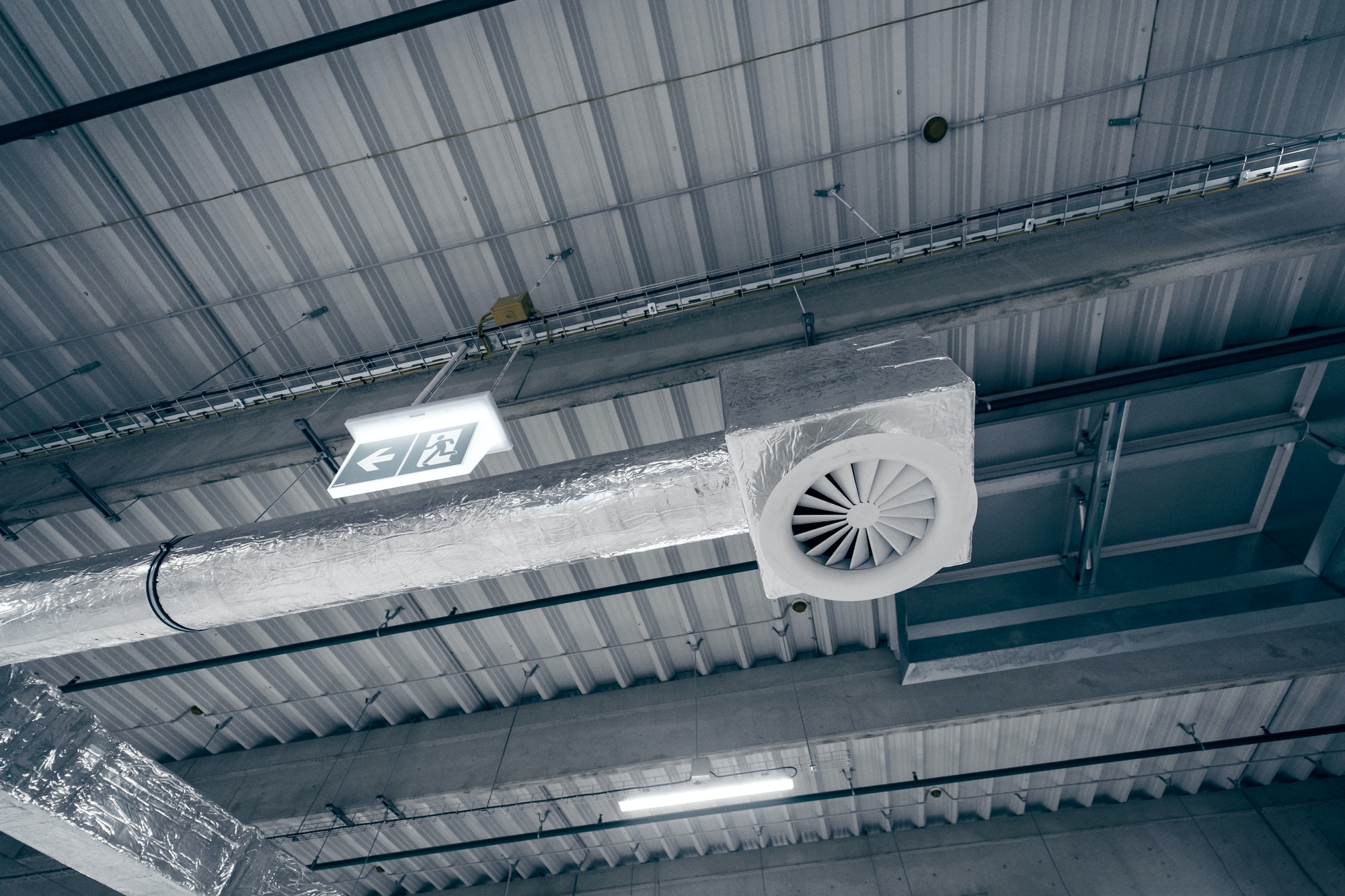
cooling your space
cooling your space
cooling your space
warming your heart
warming your heart
warming your heart

Heat Recovery Ventilation FAQs
Improve your indoor air quality and energy efficiency with our expert answers to frequently asked questions about heat recovery ventilation (HRV) systems, suitable for both residential and commercial applications.
What are the benefits of installing an HRV system?
- Enhanced indoor air quality: HRVs provide a continuous supply of fresh, filtered air, reducing stale air, pollutants, and allergens, leading to a healthier and more comfortable environment for occupants.
- Improved comfort: HRVs help maintain consistent and comfortable temperatures by pre-heating or pre-cooling incoming fresh air with exhaust air, reducing reliance on traditional heating and cooling systems.
- Reduced energy consumption: HRVs recover heat from exhaust air, significantly decreasing the energy needed for space conditioning, leading to significant energy savings and lower utility bills.
- Increased productivity and well-being: Improved air quality can contribute to a healthier and more productive environment, promoting better focus, fewer headaches, and reduced allergy symptoms.
Where is the best place to install an HRV system?
The ideal location for an HRV system depends on the specific application:
- Residential: HVR systems are typically installed centrally in the home, close to the main heating and cooling system, allowing for efficient distribution of fresh air throughout the living space.
- Commercial: In commercial buildings, HRV systems are often located within a mechanical room or near the main air handling unit. The specific location will depend on the building’s layout and air distribution system.
How much does it cost to install an HRV system?
Installation costs for HRV systems vary depending on several factors, including:
- Size and complexity of the space: Larger spaces typically require larger and more complex systems, increasing installation costs.
- Chosen features: Additional features like advanced filtration or humidity control can affect the cost.
- Local labor rates: Installation costs can vary based on the location and labor rates of qualified HVAC professionals.
However, the long-term energy savings often offset the initial installation cost, making HRV systems a cost-effective investment in the long run.
Does an HRV system require regular maintenance?
Yes, regular maintenance is crucial for ensuring optimal performance and longevity of your HRV system. This typically involves:
- Cleaning or replacing filters at recommended intervals.
- Scheduling periodic inspections by a qualified HVAC professional to ensure proper operation and identify any potential issues.
Can an HRV system be installed in an existing building?
Yes, HRV systems can be installed in both new and existing buildings. However, the complexity of the installation may vary depending on factors like:
- Existing ductwork: Installing an HRV system might require modifications to existing ductwork, potentially impacting the complexity and cost.
- Accessibility: The ease of access to the installation location can influence the cost and duration of the project.
Consulting with qualified HVAC professionals is highly recommended to determine the feasibility and best approach for your specific situation, considering the type of building, existing systems, and budget.








